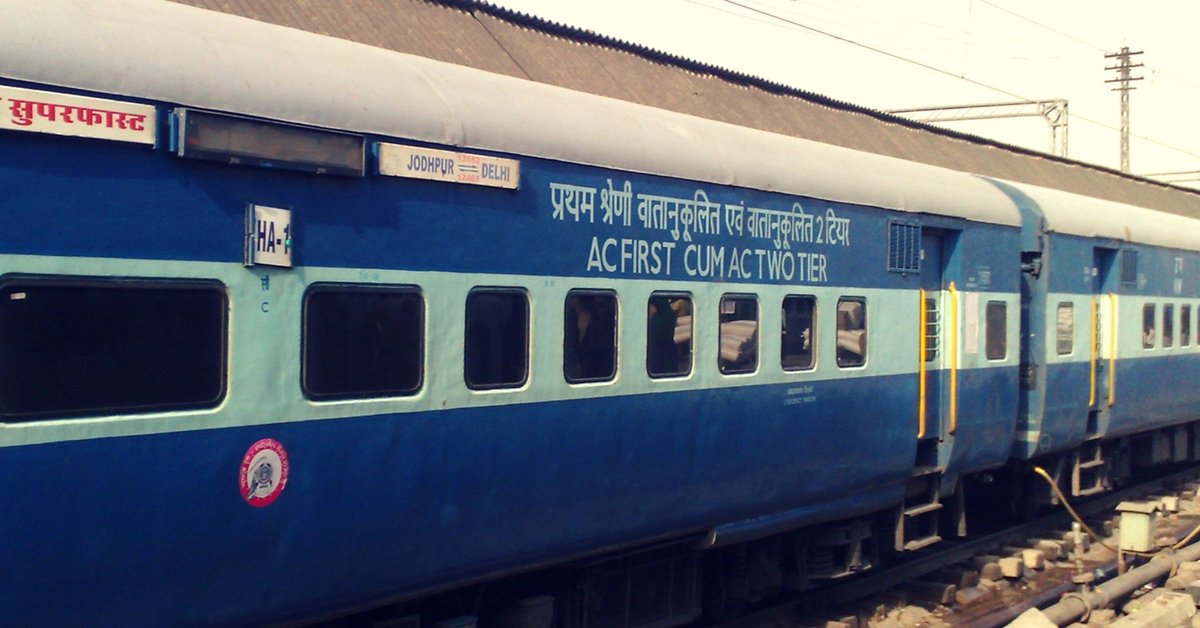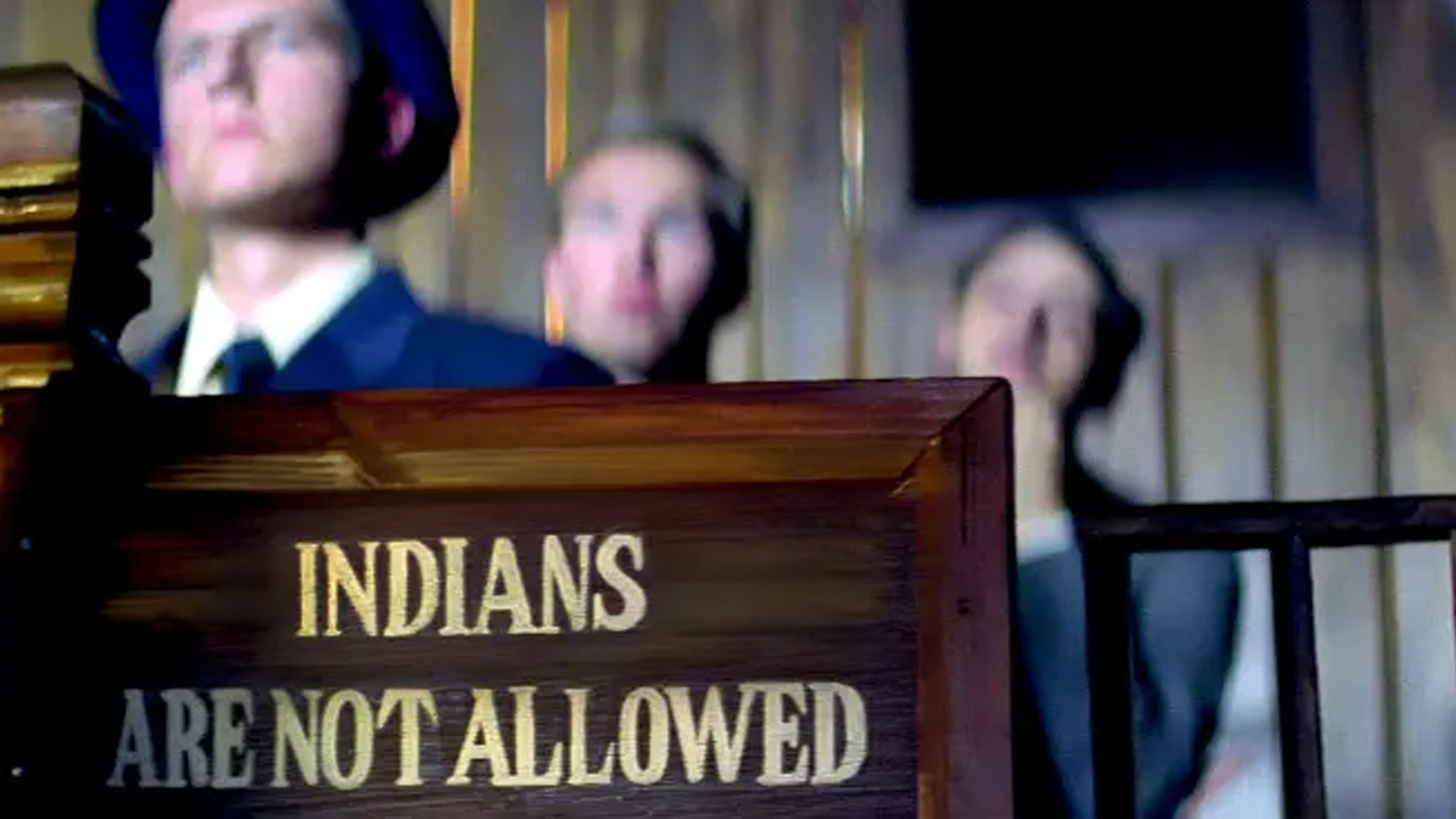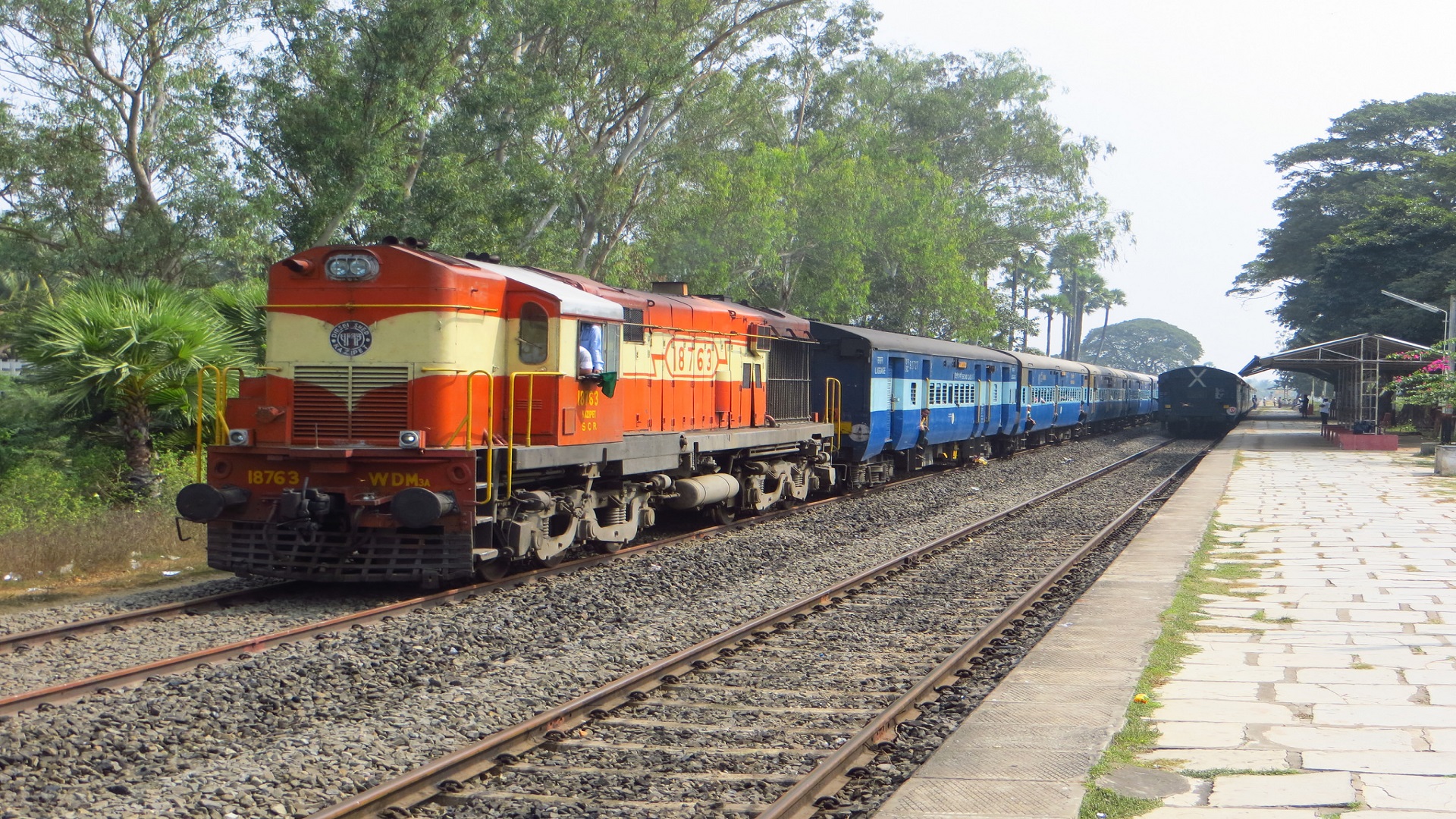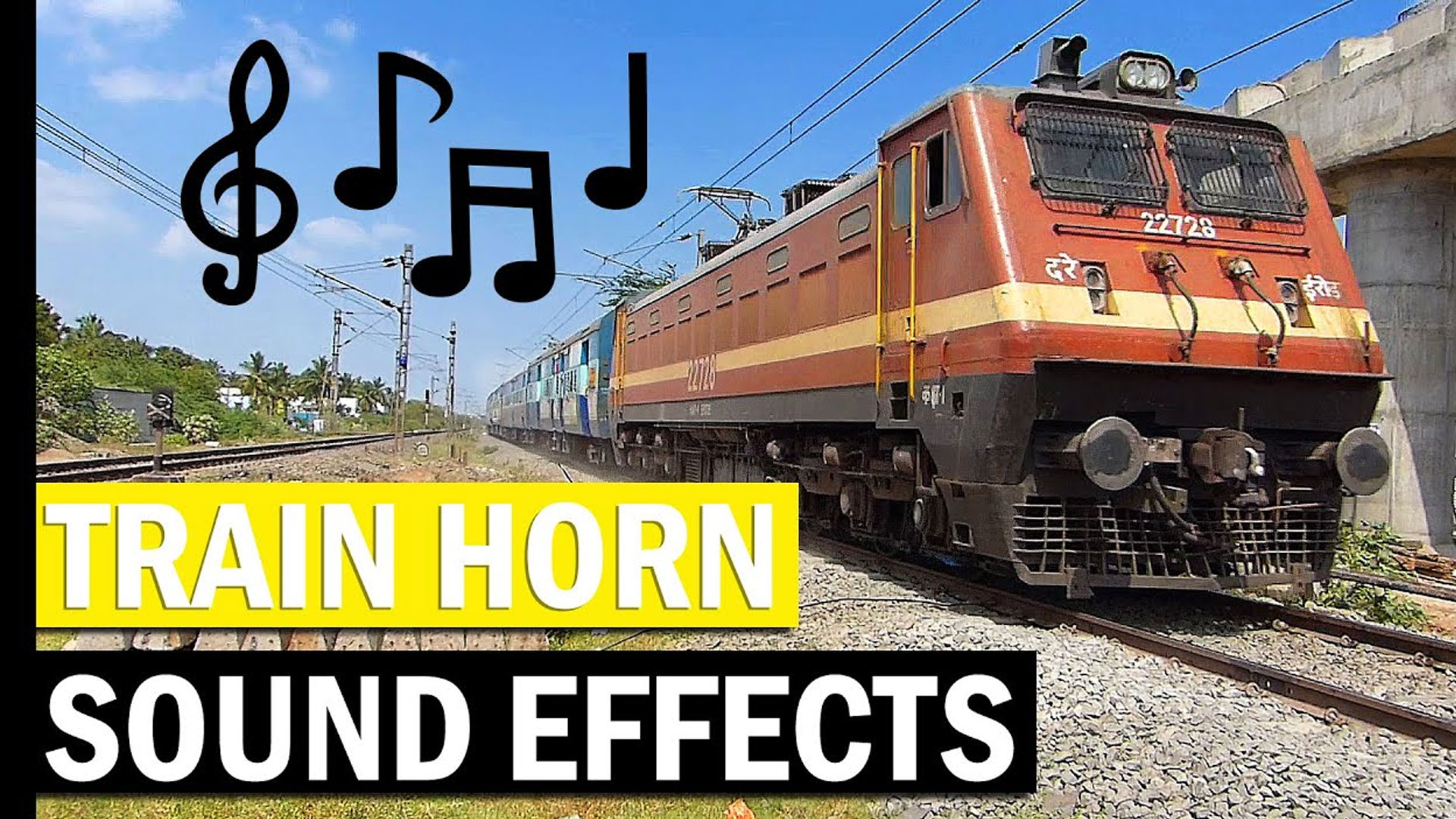
Did you know Train horns have different messages behind it?
Have you ever heard a train whistle or horns closely? Well, they’re not only for the arrival or departure purpose but each horn and its duration includes has a meaning behind it. So if you aren’t aware of these blowing horns then we are here to tell you the types of horns and the meaning behind it as per Indian Railways.
One short- horn
A small horn means the motorman would take the train in the yard where it would be washed and cleaned for its next trip.
Two short horns
Two short horns indicate that the train is ready to move.
Three smaller horns
Motormen rarely press the horns thrice because if they do, it means they have lost control over the motor and that the guard has to immediately pull the vacuum break.
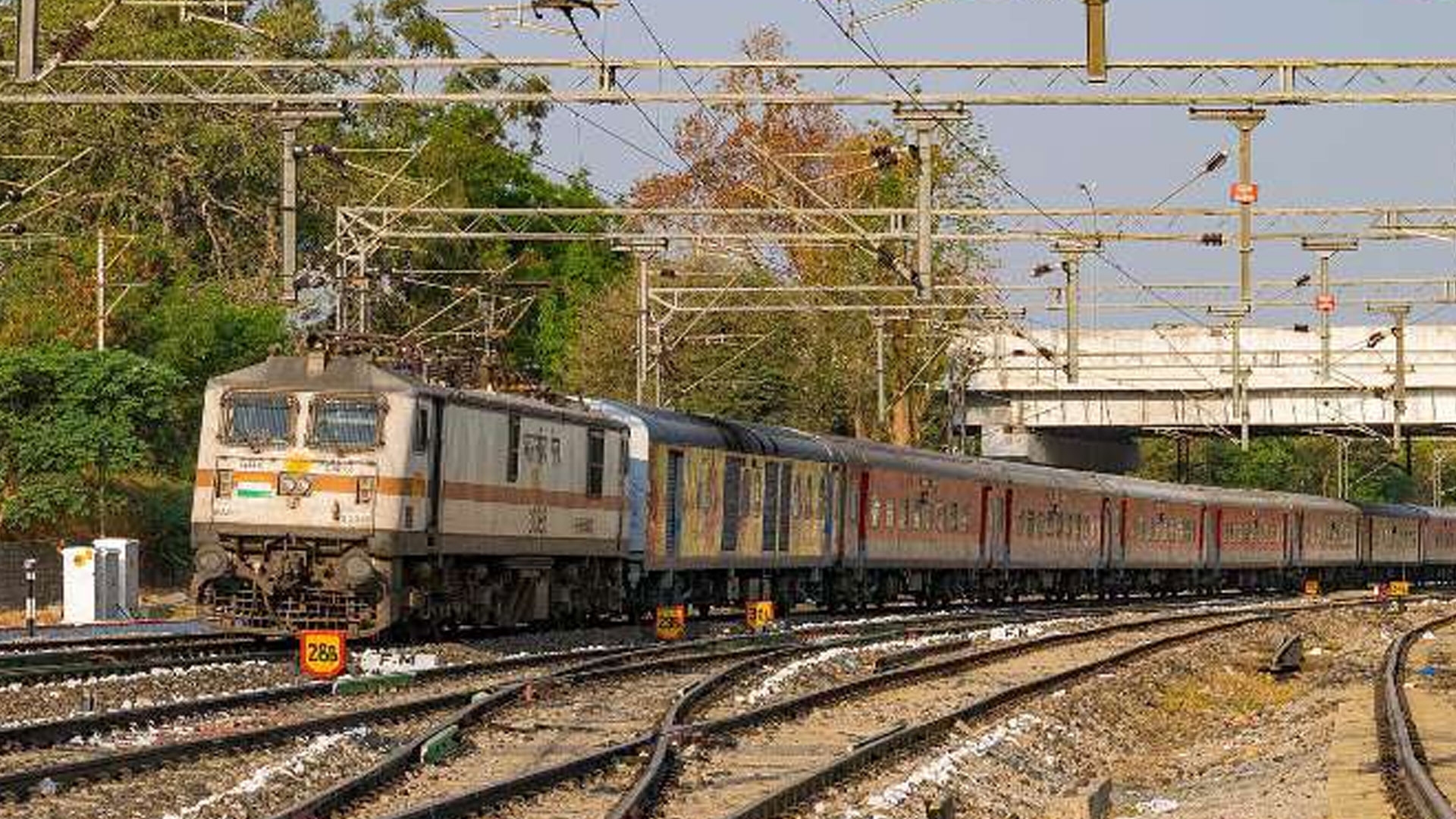
Four smaller horns
The four smaller horns denote that there is a ‘technical’ issue with the train and that the train would not go ahead.
One long horn and a shorter one
This horn means that the motorman is signaling the guard to set the brake pipe system before they start the engine.
Two long horns and two short horns
The motorman is signaling the guard to take control of the engine.
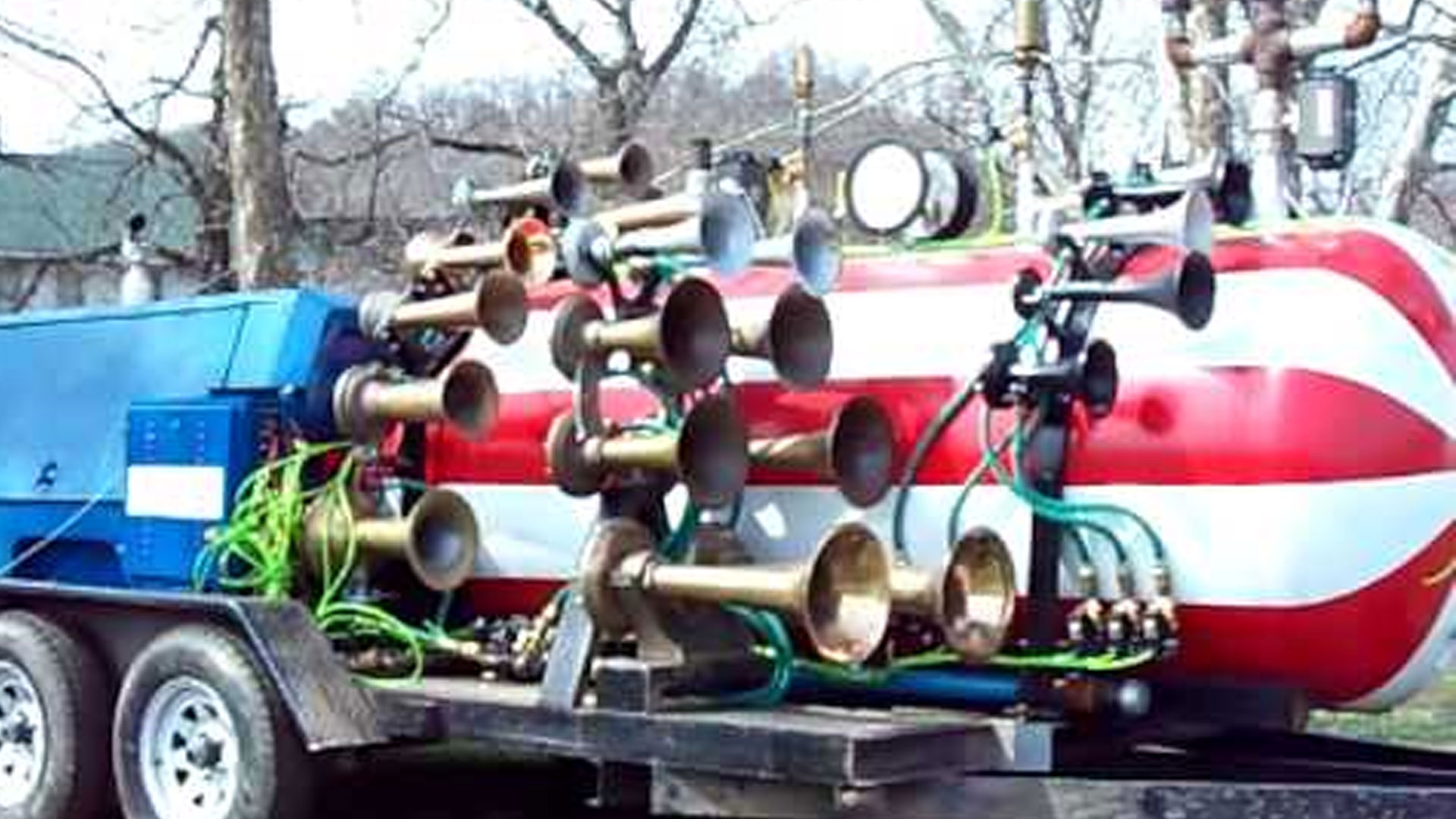
Continues blowing the long horn of Train
If the train is constantly blowing the horn, it means that it will not stop at the platform.
Two-stroke horn
This horn indicates that the train is very close to the railway crossing.
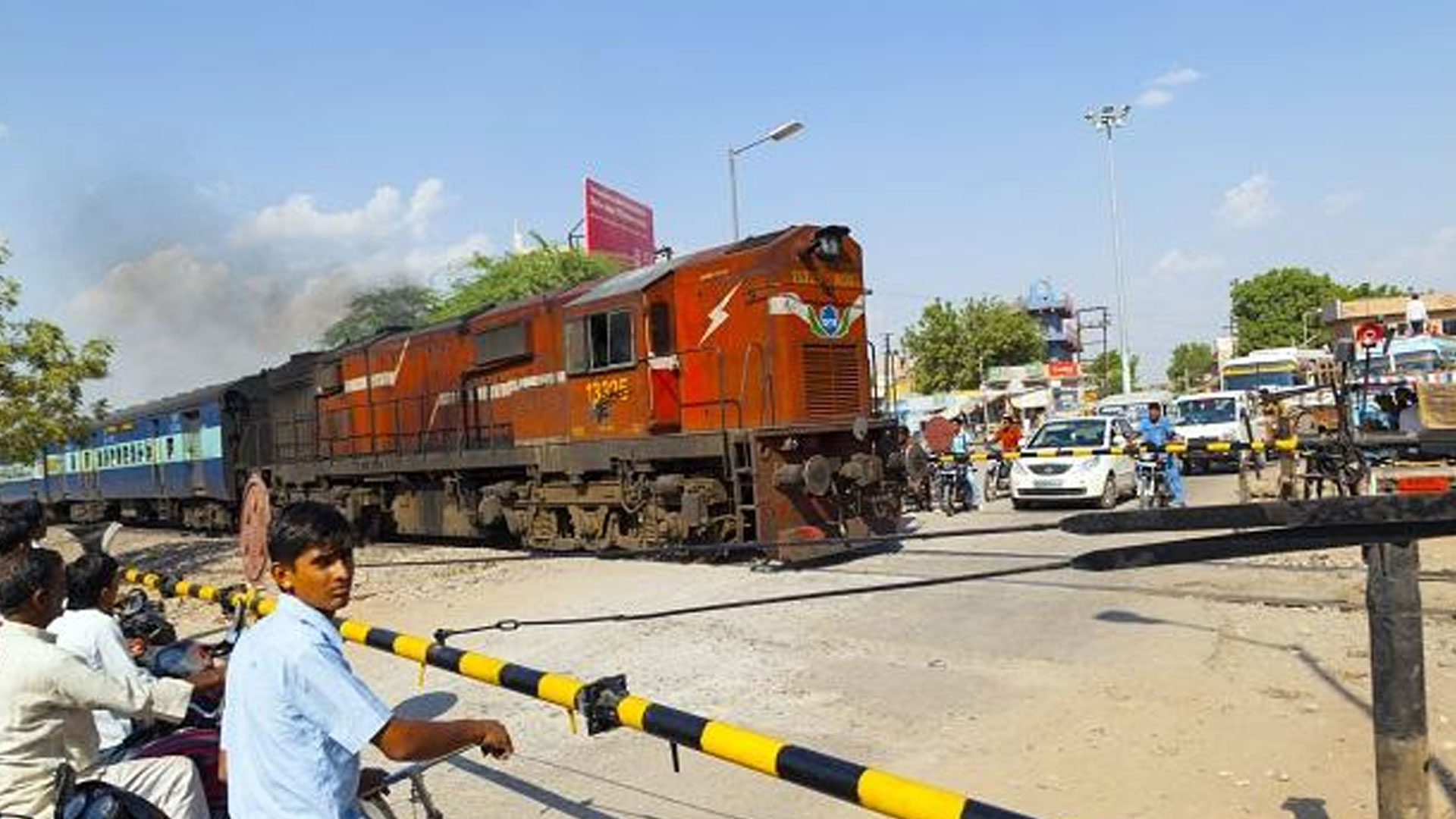
Two long and one small horn
This type of horn is played when the train changes its track.
Six times small horn
This horn is played when the loco pilot got a sense of any kind of danger.






